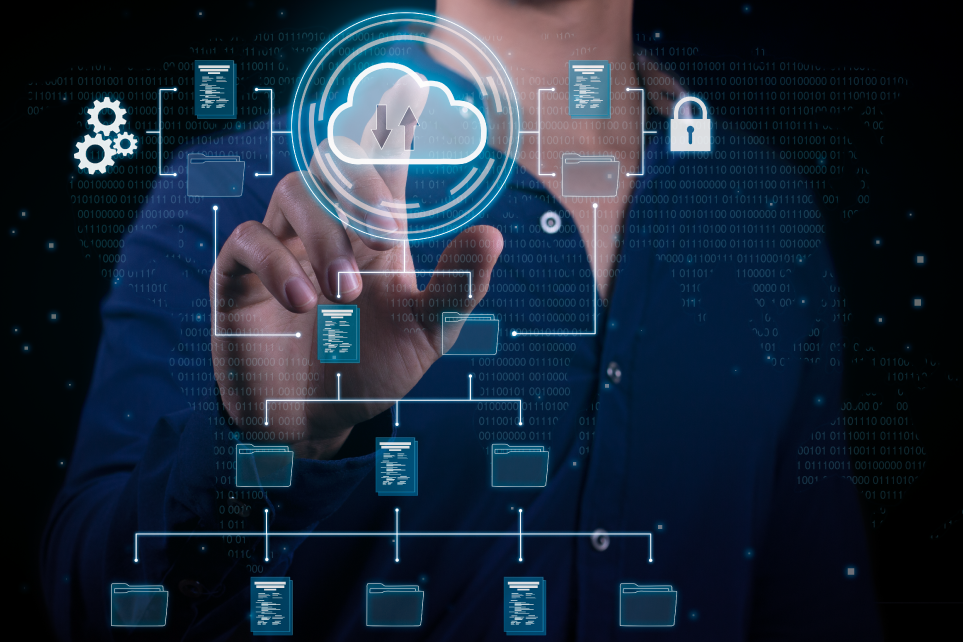In the dynamic realm of cloud application development, security remains paramount. Ensuring robust security measures can protect sensitive data, maintain user trust, and comply with regulatory requirements. Here, we delve into crucial security considerations that every cloud application developer should prioritize.
1. Data Encryption
At-Rest Encryption: Encrypting data stored in the cloud prevents unauthorized access and ensures data confidentiality. This means encrypting data on disks, databases, and backups.
In-Transit Encryption: Data traveling between users and cloud services should be encrypted using protocols such as TLS (Transport Layer Security) to protect against interception and eavesdropping.
2. Access Control
Identity and Access Management (IAM): Implementing IAM frameworks ensures that only authorized users and systems can access the cloud application. This involves user authentication, authorization, and defining user roles and permissions.
Multi-Factor Authentication (MFA): MFA adds an extra layer of security by requiring users to provide two or more verification factors to gain access, significantly reducing the risk of unauthorized access.
3. Application Security
Secure Coding Practices: Developers should adhere to secure coding standards to prevent vulnerabilities like SQL injection, cross-site scripting (XSS), and buffer overflow attacks. Regular code reviews and using static and dynamic application security testing (SAST and DAST) tools are essential.
API Security: APIs are crucial in cloud applications. Securing APIs involves implementing proper authentication and authorization, rate limiting, and using secure communication channels.
4. Infrastructure Security
Network Security: Using firewalls, virtual private clouds (VPCs), and network segmentation helps protect against unauthorized access and attacks. Implementing intrusion detection and prevention systems (IDS/IPS) can identify and mitigate threats.
Serverless Security: In serverless architectures, the cloud provider manages the infrastructure. However, developers must secure the application code and configurations, ensure that environment variables are protected, and apply the principle of least privilege.
5. Data Privacy and Compliance
Regulatory Compliance: Compliance with regulations like GDPR, HIPAA, and CCPA is crucial. Understanding and adhering to these regulations ensures that data is handled correctly and avoids hefty fines and legal issues.
Data Anonymization and Masking: Techniques like anonymization and masking protect sensitive data while allowing it to be used for development and testing.
6. Incident Response and Monitoring
Logging and Monitoring: Implementing comprehensive logging and monitoring allows for real-time detection of suspicious activities. Tools like Security Information and Event Management (SIEM) systems help in aggregating and analyzing security logs.
Incident Response Plan: Having a well-defined incident response plan ensures that in the event of a security breach, the team can act swiftly to mitigate damage, investigate the cause, and recover from the incident.
7. Patch Management
Regular Updates and Patching: Keeping all software components, including operating systems, applications, and libraries, up-to-date with the latest security patches is critical to protecting against known vulnerabilities.
8. Data Backup and Recovery
Regular Backups: Regularly backing up data ensures that it can be restored in case of data loss or a ransomware attack. Backups should be encrypted and stored securely.
Disaster Recovery Plan: A disaster recovery plan outlines procedures for recovering data and restoring application functionality after a catastrophic event.
9. Security Awareness and Training
Employee Training: Continuous security training for developers, administrators, and users helps in recognizing and preventing security threats. This includes phishing attacks, social engineering, and secure handling of sensitive information.
Security Culture: Promoting a culture of security within the organization ensures that security is prioritized at every stage of cloud application development and deployment.
Conclusion
Cloud application development necessitates a multi-faceted approach to security. By implementing comprehensive security measures encompassing data encryption, access control, application and infrastructure security, data privacy, compliance, incident response, patch management, backup strategies, and continuous security education, developers can safeguard cloud applications against evolving threats. Prioritizing these security considerations not only protects the application but also fortifies user trust and regulatory compliance, ultimately contributing to the success and reliability of cloud services.

